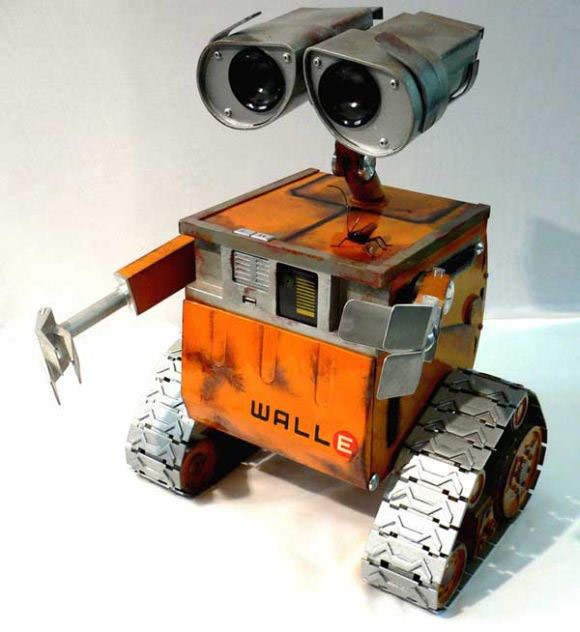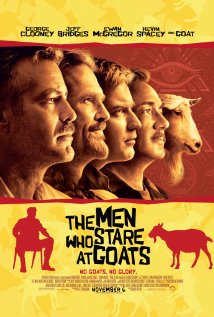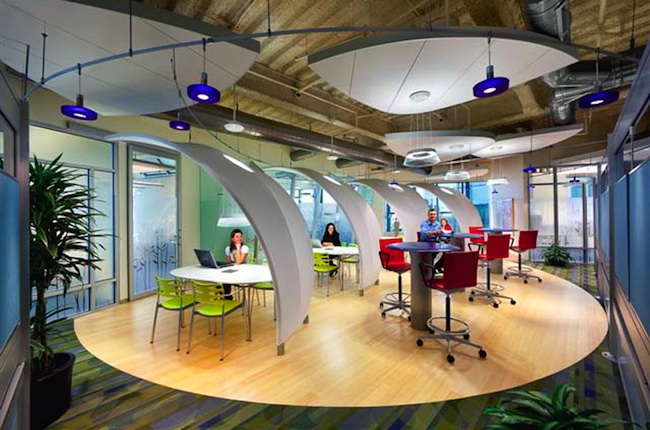The Monthly Results Book - now just another app
Ages ago I worked in a big company corporate finance department where our major group deliverable was something we called the 'Blue Book', a collection of charts, financial reports, and analyses of our division's monthly financial and operating results that was developed, compiled, printed, collated, (really eerie 'Office Space' flashback happening right now), bound up in you guessed it, blue report covers, and distributed to 50 or so leaders and executives across the organization.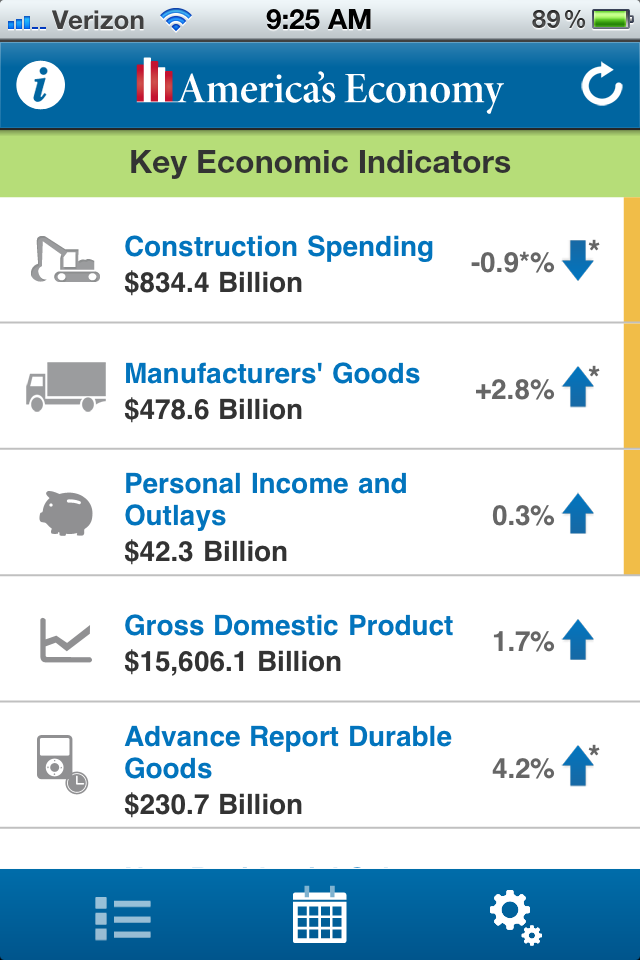
The Blue Book was our version of the truth, the single source for financial information for most of these business and operations leaders, most of whom carried around the most current version of the package in their briefcases as they commuted to the office or tucked under their arms as they attended the next in what seemed like, (and probably was), a series of interminable meetings at the office. It was all ver 1990's and if you know the Office Space re-set, then if you equated the Blue Book to the TPS reports from the movie, then you would not be too far off.
From time to time we made some incremental changes to the Blue Book contents - we made some fancier charts - remember Harvard Graphics?, dropped a few reports we were pretty sure no one used, and once in a while tightened the distribution list to reflect organizational changes, after all the division financial results were strictly 'need-to-know' material. But we never really changed the manner or method of information dissemination or distribution. Each month we either hand-delivered the books to recipients who were at our HQ, or shipped them off in one of those formerly ubiquitous manila 'Inter-office mail envelopes'. No matter how much better we made the contents, (frankly not that much better), the packaging and delivery never changed, 30 or so pages, three hole punched, six sections, and the familiar blue report cover.
I have not thought about the Blue Book in a long time, but it came to mind after I downloaded and checked out the 'America's Economy' app the was recently released by the US Census Bureau, (image on this post taken from the App).
The App provides real-time updates for 16 key economic indicators released from the US Census Bureau, the Bureau of Labor Statistics, and the Bureau of Economic Analysis. Things like employment and unemployment rates, manufacturing measures, international trade balance and flows, and more. 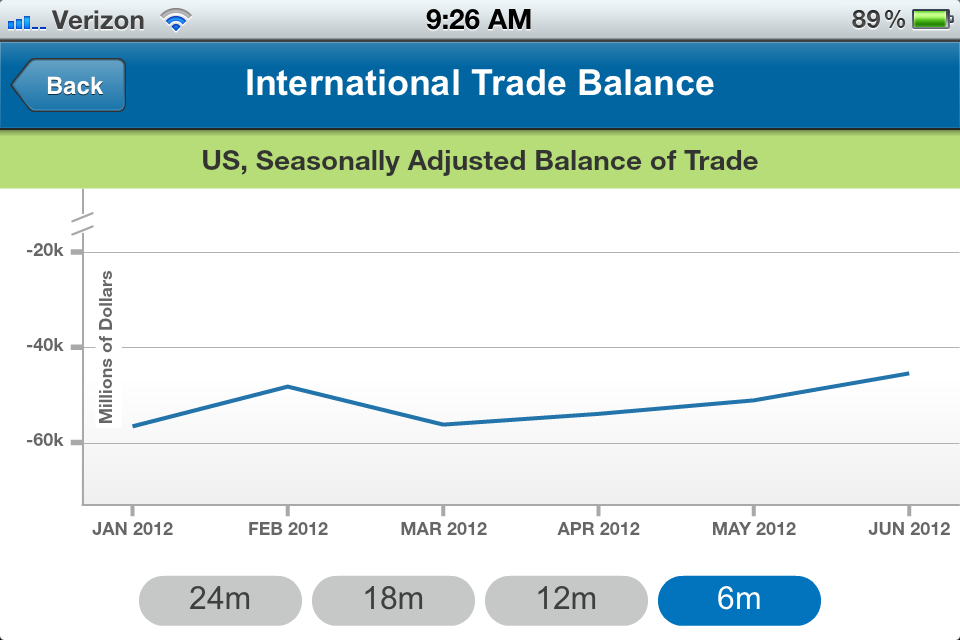
It is a pretty neat, if simple little App, that allows anyone with access to a smartphone a quick and easy way to find, review, and with Twitter and Facebook integration, optionally share information to their networks.
So if you have hung in with this (admittedly dull) post to this point you might be wondering what is the point really, besides talking about the America's Economy app and a boring tale from corporate days gone by?
Here it is - I suspect that many of us are still distributing, communicating, and providing whatever passed for the modern version of our 'Blue Books' in much the same way we have been for years and years. Sure, you probably replaced the printed reports and binders with email and attached PDF files, or set up some kind of online platform or repository to house the data, but my guess is you have not yet been willing or able to change the way you think about sharing and disseminating information all that much.
My guess is that your executives and managers don't have a simple little app like the America's Economy app where they can, with a couple of fast swipes and taps, see all the relevant data, charts, analyses, trends, etc. that they want and need to know. My guess is that they have to either chase the information, wait until they are in the 'right' place to access it, or perhaps even take decisions without the data.
The age of the App means that for you, an enterprise service provider, that the bar will continue to climb, and the expectations for ease of use, real-time updates, and having important business information always in hand will only increase. If you have not yet been asked by your leaders questions like, 'That is a nice report, can I get it on my iPhone?', I bet that you will soon.
And if you don't have a good answer then you might be asked 'Well, the monolith known as the US Government seems to be able to do it, what is your excuse?'

 Steve
Steve
